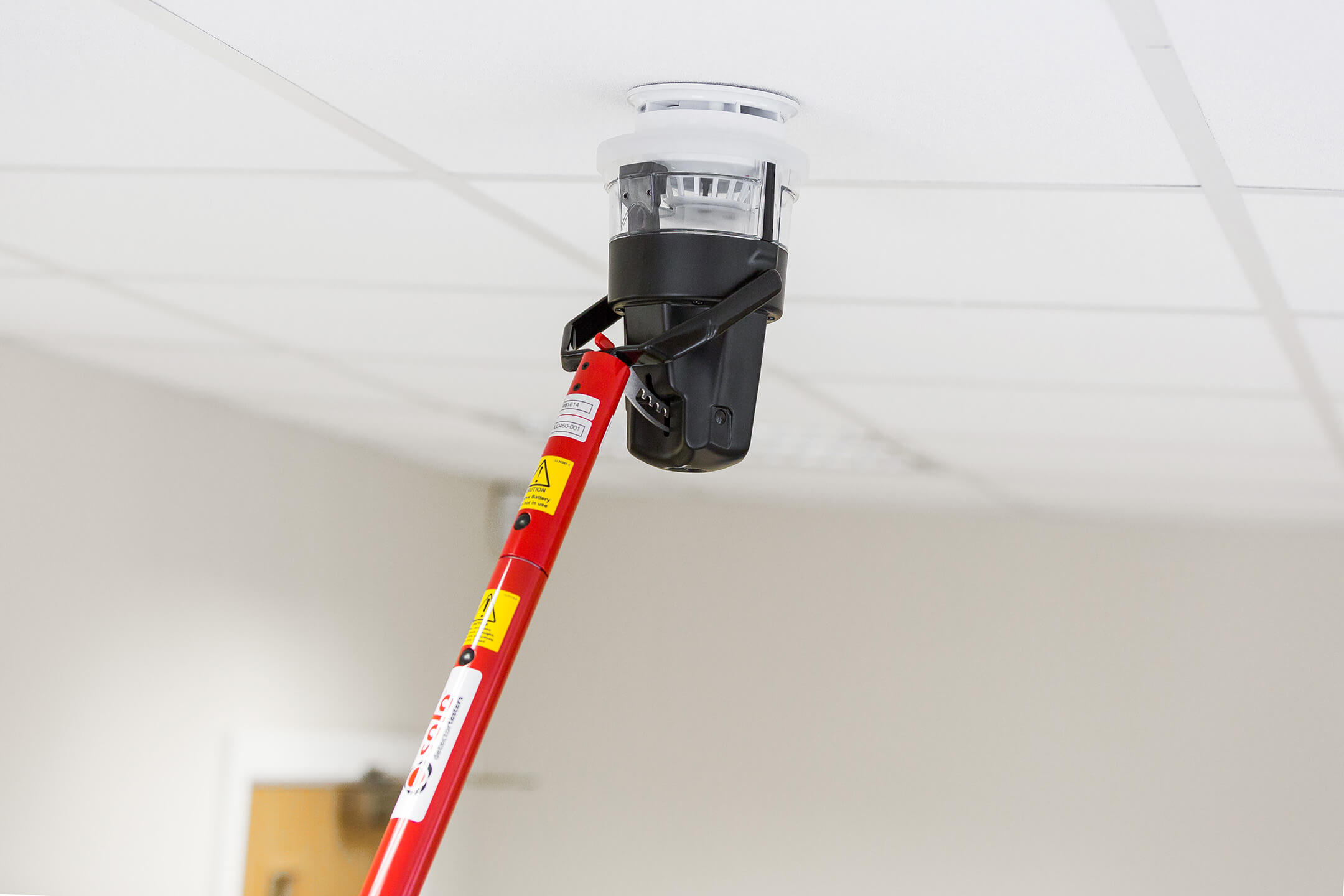Heat detectors are essential components of a fire detection system, designed to sense abnormal increases in temperature and alert occupants before a fire spreads. Unlike smoke detectors, they react to heat rather than particles, making them ideal for dusty, humid, or smoky environments such as kitchens, mechanical rooms, and industrial spaces.
How Do Heat Detectors Work?
Heat detectors monitor the ambient temperature of a room. When the temperature crosses a certain limit or rises too quickly, the device activates an alarm signal to the fire alarm control panel or fire alarm control unit. These systems then trigger alerts, alarms, or suppression actions to ensure quick evacuation and response.
Types of Heat Detectors
- Fixed Temperature Heat Detector
This type activates when the surrounding ambient temperature reaches a preset limit, usually around 135°F (57°C). It may use a fusible link or a eutectic alloy, which melts at a specific temperature to trigger the alarm. - Rate of Rise Heat Detector
This detector triggers if the temperature increases rapidly, such as 12–15°F per minute. It’s ideal for locations where sudden fire outbreaks are possible. It helps minimize thermal lag, a delay between temperature change and alarm activation. - Conventional Heat Detector
A basic detector wired to a fire alarm control panel. It doesn’t pinpoint the exact device in a zone but is reliable and cost-effective. - Combination Heat Detectors
These units combine the benefits of both fixed temperature and rate of rise heat detectors, offering enhanced sensitivity and reduced false alarms.
Detection Technologies
- Thermistor: A heat-sensitive resistor whose resistance changes with temperature. Common in electronic heat detectors.
- Thermocouple: A device made from two metals that generate voltage as temperature increases, triggering the alarm.
- Fusible Link: A metal connector designed to melt at a specific temperature.
- Eutectic Alloy: A special blend of metals that melts uniformly at a predetermined temperature to initiate alarm response.
Installation Considerations
Proper ceiling spacing is critical for effective detection. Heat rises, so detectors must be mounted on the ceiling with correct spacing as per manufacturer and code requirements. Poor placement or ignoring room height, airflow, or ambient temperature conditions can reduce detection speed.
Maintenance and Testing
- Test heat detectors periodically using approved testing tools.
- Check for damage, dust, or obstructions.
- Ensure all connections to the fire alarm control panel are secure.
- Replace any unit showing signs of wear or excessive thermal lag.
Understanding the types and working principles of heat detectors — including components like thermistors, thermocouples, fusible links, and eutectic alloys — is crucial for anyone entering the fire protection industry. With the correct ceiling spacing, knowledge of ambient temperature, and proper connection to a fire alarm control unit, heat detectors provide reliable, life-saving protection.
